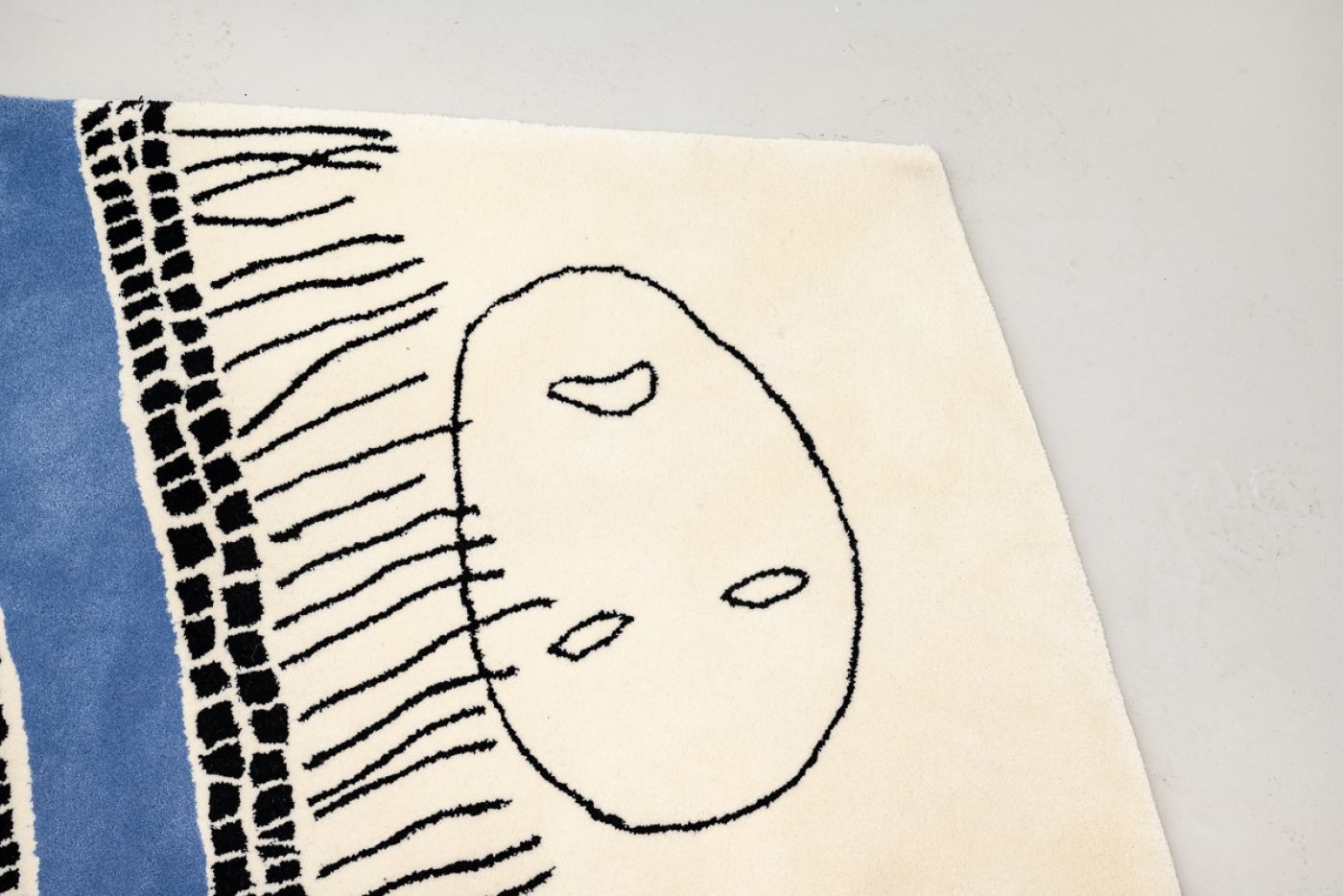Merike Estna
Liste Year
Year of Birth
Country of Birth
Presented by
2022
1980
Estonia
Temnikova & Kasela

‘The End That Was Always Near’, is an immersive multimedia assemblage by Estonian artist Merike Estna (b. 1980), presented at Liste Art Fair 2022. It presents an image from a post-apocalyptic future, where nature reclaimed from the human conception of technological progress the reign over the planet. Estna's practice challenges disciplinary divisions and norms, addressing the notion of ecology as a fragile balance: in arts, the natural world and human politics. Her works were exhibited in Moderna Museet in Sweden and Kiasma Art Museum in Finland and her medium-shifting performances were staged at the ...
Merike Estna (1980) is an artist working in the expanded field of painting, often departing from the limits of canvas, encompassing environments, objects as well as bodies. In her paintings, Estna uses repetitive elements and patterns, increasingly focusing on mythological themes and performative aspects. Referring to traditional craft techniques, Estna questions the opposition between the femininity of craft and the masculinity of painting.

Estna’s installations, created using time-consuming techniques, may be experienced as spaces of recuperation, imagination and social gatherings that are at once fragile, spontaneous and hopeful. Her artworks, be they ceramic objects, paintings on canvas or performative elements, function as bearers of something greater, something elusive and charged. It seems to be as much about the specific medium in itself, as the attitude and freedom that pervades both the process and the social structures that come out of it. – Andreas Nilsson


I started using patterns as my main visual language, trying to highlight and question the hierarchies between traditional craft and painting, as well as the connection to crafts having been traditionally made by women between doing housework etc. – Merike Estna

If we’re talking about ‘performativity’ then actually what I’ve been aiming for is the living artwork, work that is part of life rather than about life, work that stays in flux and lives on, as we no longer live in a moment of stillness, but in a constant state of ebb and flow. – Merike Estna


The House of the Tragic Poet is one of the most famous Roman dwellings of Pompeii. Despite its modest size it still preserves some of the finest mosaics of the archeological site, among which one of a black domestic dog leashed and chained to an arbitrary point of the vestibule’s floor.

The artist looks at lost legacies and explores the interpretative potential that lies within the ruins of the past, while also questioning her own tracks, residues of present and past actions, left behind as future ruins. – Blok Magazine
A large hand-woven rug depicting a similar subject to the Pompeiian mosaic, covers the gallery floor occupying most of the entrance and the exhibition space. Rhomboid black tesserae-like shapes populate a sky-blue background where the grey silhouette of a dog, free from any domestic chains, wildly inhabits the infinite space of sky and sea. Unlike its original, the shape of the dog looks like a grey cloud, a track left by something erased digitally or dissolved virtually, emblematically capturing some of Estna’s long-standing trademarks in her work, such as her interest into incorporating digital vis ...
Merike Estna (1980) is an artist working in the expanded field of painting, often departing from the limits of canvas, encompassing environments, objects as well as bodies. In her paintings, Estna uses repetitive elements and patterns, increasingly focusing on mythological themes and performative aspects. Referring to traditional craft techniques, Estna questions the opposition between the femininity of craft and the masculinity of painting.
Estna has been exhibiting since the early 2000s, when she pres ...
Click here to go through Merike Estna's book 'Dawn of the Swarm', 2020
















































